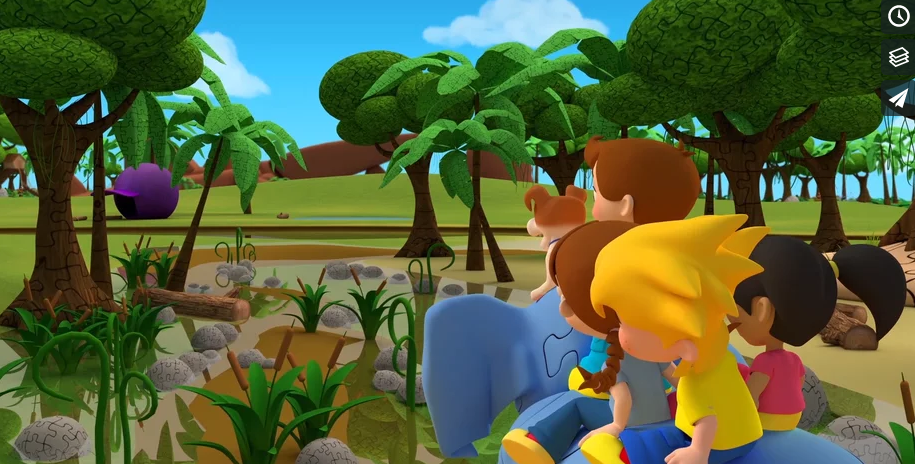What’s a good budget for an online live video that’s destined for the web? The answer is that there is no single answer, but there are some insights that I can share on internet video production.
Video productions has in the past been a pretty costly investment to make for a business, and its predecessor film proved to be even more expensive.
However, with the proliferation of cheap technologies to shoot and edit video in the past decade especially, and virtually free distribution available online these days, plus the relentless rise of UGC (User Generated Content), there’s certainly plenty of low cost and freely created video out that that is working hard to do a tremendous job in helping to shift products and successfully market well known and some not so well known brands.
Let’s first look at what the drivers are that can bump up the cost of your online video production:
1) Equipment, equipment is a driver no matter what kind of online video you create yourself, unless you are using someone else’s equipment and they are creating the content for you for free. The cheapest piece of video equipment you will find is likely to be a mobile phone, and it’s often surprising that the picture quality can be pretty good, although audio does tend to suffer (due to auto gain). If you opt for a high end camera with lighting kit, a boom and mixer, a camera crew, you will be spending a fair bit of budget a day to shoot your video and a well organised production is key (which usually means lots of pre-planning).
2) Talent is likely to be a major factor if you want to make something that’s got a chance to be popular as an internet video. The more likely that your talent is going to be appealing to the audience, the more cash you’ll have to part with for the privilege. Once again, it depends entirely on the audience you’re aiming to attract for your internet video, as for some types of audiences the talent may be somebody that nobody has ever heard of (a star carpenter for example that outside of the craft of carpentry is a nobody), but these people may well be stars in their own particular universe, and may be willing to work for next to nothing in your next video.
3) Time is another consideration to factor in, as to produce quality it often takes time to make things look slick. One needs sufficient time to pre-plan, to script, to recee, to rehearse, and then finally to film, thereafter to add effects and to edit it all together. The higher the quality of video you are seeking, the bigger the scale of the production, and the longer the period of time that’s required to get there.
So here are a number of types of online video content you can acquire, and the kinds of costs you’re likely to incur:
1) User Generated Content (UGC), you build up the promotion, you encourage others to create their internet videos for your brand/promotion/competition, and you sit back and let your customers do all the hard work. This can often work well, but it depends entirely on the brand, the idea, the approach you’re taking, and whether or not it catches on. Customers need to be motivated to go to all the trouble of creating the video for you, and then sending it in for you to publish. Give them a good enough reason to do this, and your production costs are likely to be kept to a minimum and in most cases can even be free. You’ll need to make sure that they can load up their video somewhere online, and you’ll need to find a way to host it properly, or piggy back on one of the big distribution platforms. If you want the videos to sit on your own company’s website, and you’d like customers to come to your site to upload their videos, you’ll need to pay for this facility (by working with an online video platform). The video content will most likely look amateurish, but the expectations by those watching it are likely to be that it’s home made by someone just like them, and this usually doesn’t present much of a problem.
2) In house news style/blog style internet video production. This usually involves an upgrade in equipment as sound starts to become a lot important and needs to be professionally recorded and mixed. If you want to achieve a decent quality of sound in your production, you will need some kind of sound mixer and a directional microphone, and/or a tie clip mike. You’re now dealing with equipment that will either need some level of training to operate, or even a versatile freelance cameraman (usually a two person camera crew, one for pictures, one for sound), and your costs are going to start to increase rapidly. The video will also need to be edited professionally, and there’s a possibility that you may want to add some graphics and music, all driving up your costs. As a guideline, it’s not unreasonable to be paying out at least USD3-4k for a simple short fully produced video a few minutes in length, and for something a little more polished, you may be paying up to USD10k or even more. If you’re adding a director of some calibre to the equation, paid for talent, a proper studio set up, then the costs can jump up to USD50k for even a short video, or even more.
3) This level is strictly for commercial quality online video productions. It’s for making something that looks very slick, with top of the range production standards, high end graphics, animation, editing, an original music score, etc. Believe it or not, this type of production can start from as little as USD15-20k if you have a talented small team of video makers working with you, but it’s not unusual for costs to go all the way up into the USD hundres of thousands by the time you’re done.
Chances are you may need a combination of all three of the above production quality levels for you online video at some point or another.
As producers of motion graphics videos destined for the internet, we develop high quality motion graphics videos with original music scores, and high end voice overs for as little as USD3-4k a video (all in). Our aim is to strive to achieve the highest production standards without a massive hike in the costs for your internet video production. One of the ways we achieve this is by working with some of the most talented individuals that we can find, and ensuring the highest video production standards throughout the entire workflow process.







